Expressive Writing
Editorial Review Board
Its Easy to W.R.I.T.E. Expressive Writing Series
Robb Jackson, PhD, MFA, CAPF (d. 2013)
Regents Professor, and Professor of English
Texas A&M University-Corpus Christi
Vanessa Furse Jackson, PhD, MFA
Professor of English
Texas A&M University-Corpus Christi
Peggy Osna Heller, PhD, LCSW, PTR
Registered Poetry Therapist and Psychotherapist
Potomac, Maryland
Also in the Its Easy to W.R.I.T.E. Expressive Writing Series
The Flourishing Principal: Strategies for Self-Renewal
Kathleen Adams and Rosemary Lohndorf
The Teachers Journal : A Workbook for Self Discovery
Kathleen Adams and Maris Barreiro
Expressive Writing
Foundations of Practice
Kathleen Adams, editor
Rowman & Littlefield Education
A Division of
Rowman & Littlefield Publishers, Inc.
Lanham New York Toronto Plymouth, UK
Published by Rowman & Littlefield Education
A division of Rowman & Littlefield Publishers, Inc.
A wholly owned subsidiary of The Rowman & Littlefield Publishing Group, Inc.
4501 Forbes Boulevard, Suite 200, Lanham, Maryland 20706
www.rowman.com
10 Thornbury Road, Plymouth PL6 7PP, United Kingdom
Copyright 2013 by Kathleen Adams
All rights reserved. No part of this book may be reproduced in any form or by any electronic or mechanical means, including information storage and retrieval systems, without written permission from the publisher, except by a reviewer who may quote passages in a review.
British Library Cataloguing in Publication Information Available
Library of Congress Cataloging-in-Publication Data
Adams, Kathleen, 1951
Expressive writing : foundations of practice / Kathleen Adams.
pages cm. (Its easy to W.R.I.T.E. expressive writing series ; 3)
Includes bibliographical references.
ISBN 978-1-4758-0311-2 (cloth : alk. paper) ISBN 978-1-4758-0312-9 (pbk. : alk. paper) ISBN 978-1-4758-0316-7 (electronic) 1. DiariesAuthorship. 2. Self-actualization (Psychology)Problems, exercises, etc. I. Title.
PN4390.A33 2013
808.06692dc23
2013017036
 The paper used in this publication meets the minimum requirements of American National Standard for Information SciencesPermanence of Paper for Printed Library Materials, ANSI/NISO Z39.48-1992.
The paper used in this publication meets the minimum requirements of American National Standard for Information SciencesPermanence of Paper for Printed Library Materials, ANSI/NISO Z39.48-1992.
Printed in the United States of America
Dedicated to
Robb Jackson, Ph.D., CJF, CAPF
1952-2013
You will go out in joy
and be led forth in peace;the mountains and hillswill burst into song before you,and all the trees of the fieldwill clap their hands.
Isaiah 55:12, NIV
Contents
Series Overview: About the Its Easy to W.R.I.T.E. Expressive Writing Series
Expressive writing originates from the writers lived experiencepast, present, or imagined future life. Written in the authors own voice, expressive writing creates bridges between thought and feeling, reason and intuition, idea and action. It is equally rooted in language arts and social science, and it takes multiple forms: journals, poetry, life story, personal essay, creative nonfiction, song lyrics, notes, and snippets of thought. Expressive writing is democratic and accessible. No special knowledge is needed, supplies are available and affordable, and research confirms that outcomes can be profound and even life-changing.
The Its Easy to W.R.I.T.E. Expressive Writing Series captures the voices of worldwide experts on the power of writing for personal development, academic improvement, and lasting behavioral change. Authors are both theorists and practitioners of the work they document, bringing real-life examples of practical techniques and stories of actual outcomes.
Individually or as a compendium, the volumes in the Its Easy to W.R.I.T.E. Expressive Writing Series represent thoughtful, innovative, demonstrated approaches to the myriad ways life-based writing can shape both critical thinking and emotional intelligence. Books in the series are designed to have versatile appeal for classroom teachers and administrators, health and behavioral health professionals, graduate programs that prepare educators and counselors, facilitators of expressive writing, and individuals who themselves write expressively. Workbooks offer well-crafted, self-paced writing programs for individual users, with facilitation guides and curricula for anyone who wishes to organize peer-writing circles to explore the material in community.
Each book or chapter author is held to exacting standards set by the series editor, Kathleen Adams, who, prior to her 1985 launch as a pioneer and global expert in the expressive writing field, was trained as a journalist and served as chief editor for a nonfiction publishing company.
Its Easy to W.R.I.T.E.
W hat do you want to write about? Name it. Write it down. (If you dont know, try one of these: Whats going on? How do I feel? Whats on my mind? What do I want? Whats the most important thing to do? Whats the best/worst thing right now? )
R econnect with your center. Close your eyes. Take three deep breaths. Focus. Relax your body and mind. Gather your thoughts, feelings, questions, ideas.
I nvestigate your thoughts and feelings. Start writing and keep writing. Follow the pen/keyboard. If you get stuck, close your eyes and recenter yourself. Reread what youve already written and continue. Try not to edit as you go; that can come later, if at all.
T ime yourself. Write for five to twenty minutes or whatever time you choose. Set the timer on your phone, stove, or computer. Plan another three to five minutes at the end for reflection.
E xit smart. Reread what youve written and reflect on it in a sentence or two: As I read this, I notice... or Im aware of... or I feel... Note any action steps you might take or any prompts you might use for additional writes.
Foreword
It has been almost thirty years since the first expressive writing experiment was conducted. In that study, Sandra Beall and I discovered that putting emotional upheavals into words could actually improve peoples physical health. Many of my colleagues in psychology and medicine were highly skeptical.
This may have been novel and controversial news in the scientific community, but people who had worked in the journaling world had discovered this truth on their own many years earlier. At the same time I was conducting those first expressive writing studies, Kathleen Adams and others were developing innovative journaling strategies that helped bring the art of writing to large audiences of people dealing with personal turmoil.
For the last thirty years, the worlds of experimental research and the practice of journaling have grown up togethersometimes in parallel and other times learning from each other. This marvelous book is written by some of the leading thinkers in the practice of expressive writing. Across the board, they have pioneered different approaches to writing that all seek similar outcomes: helping people to understand their plights and move beyond their pain. In all cases, the authors have found that translating emotional experiences into words can be freeing.
The science and the practice of expressive writing continue to complement one another. Science, which moves very slowly, is finding that many different approaches to expressive writing can improve physical and mental health for people dealing with a wide range of problems. Perhaps the most surprising laboratory results reveal that there is no single way that works best for everyone. One writing method may not work for you, but another may produce startling changes. For some, writing may not work at all.
If you are a practitioner or educator, this book will give you a broad picture of some of the methods that are currently available. If you are someone looking for guidance in writing, try out the various methods and see what works. And, if none of the methods fit exactly what you need, invent your own method and test it out.

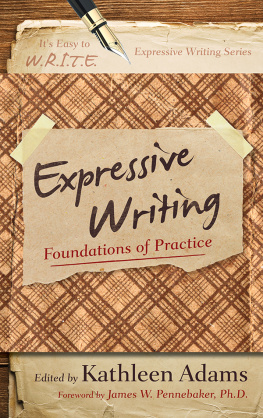
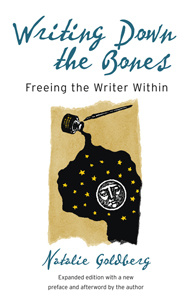
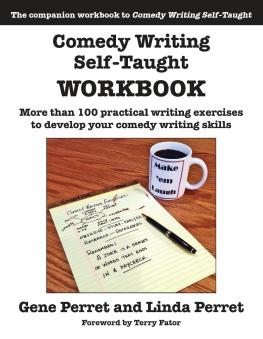

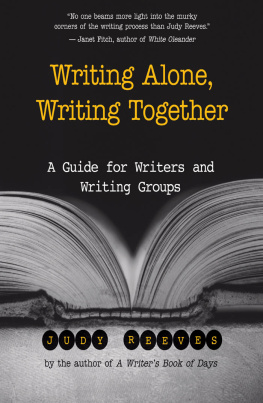
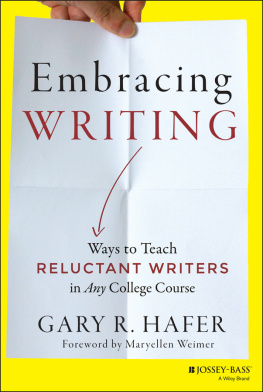

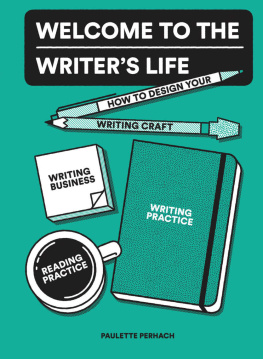

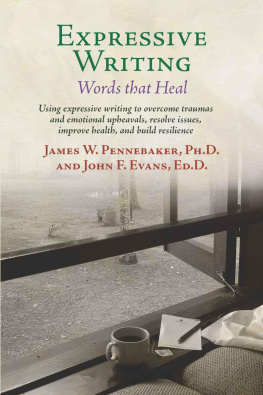
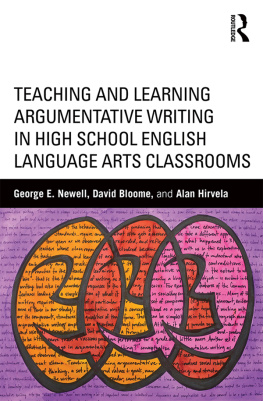
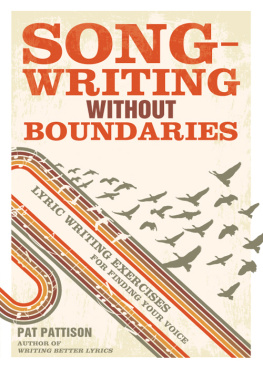
 The paper used in this publication meets the minimum requirements of American National Standard for Information SciencesPermanence of Paper for Printed Library Materials, ANSI/NISO Z39.48-1992.
The paper used in this publication meets the minimum requirements of American National Standard for Information SciencesPermanence of Paper for Printed Library Materials, ANSI/NISO Z39.48-1992.